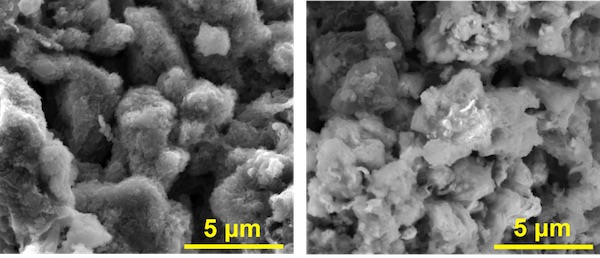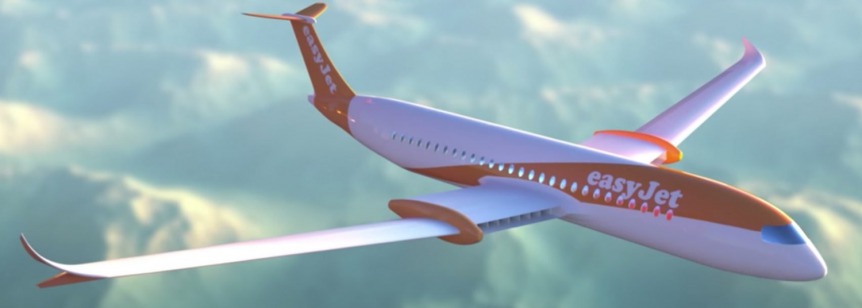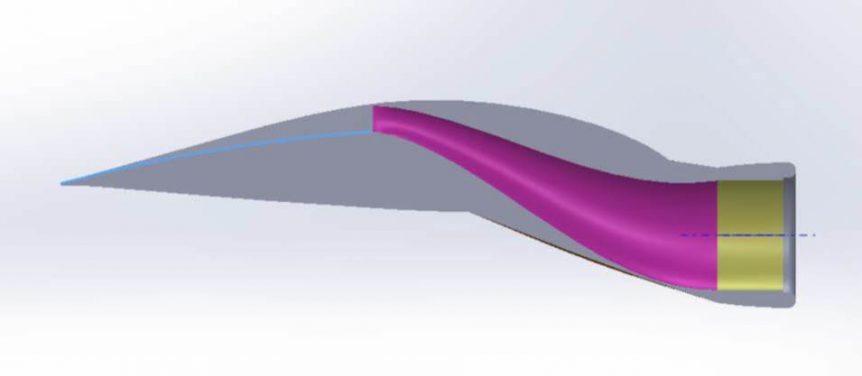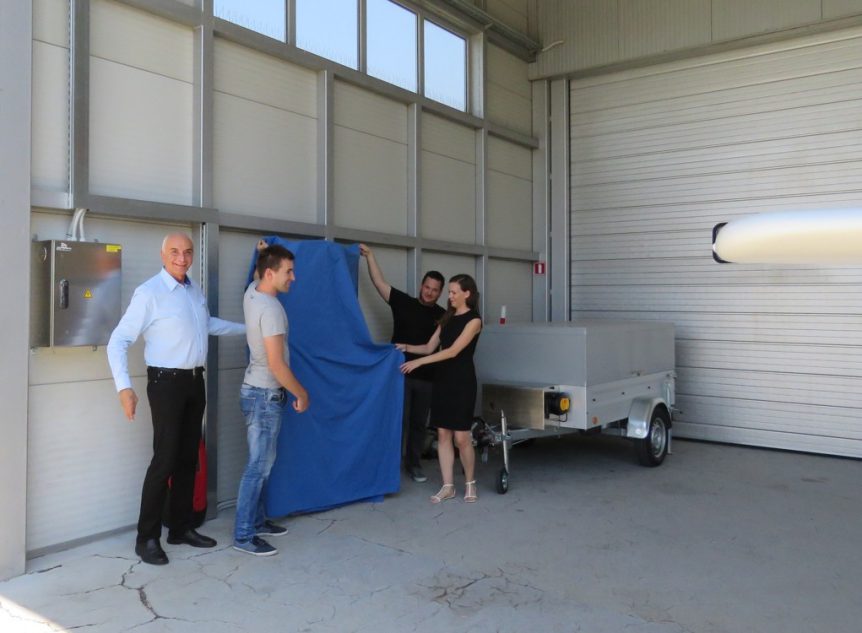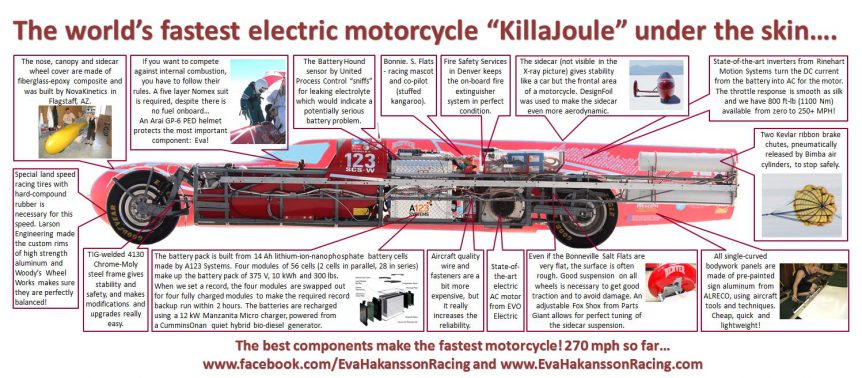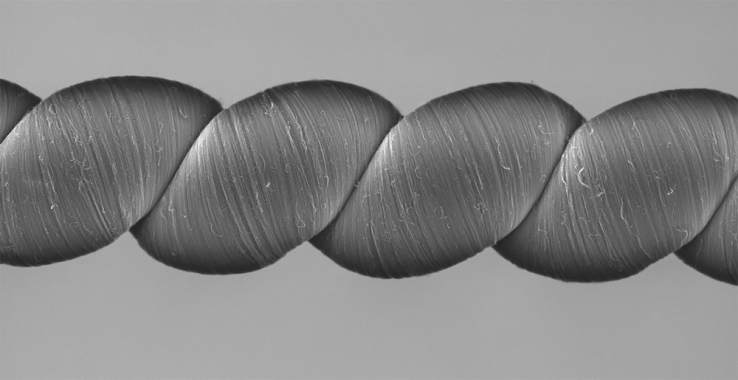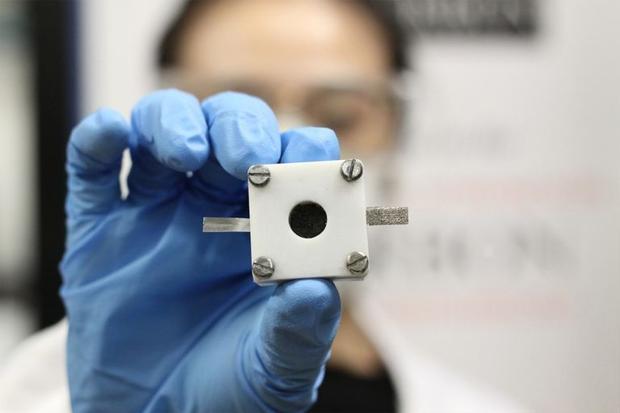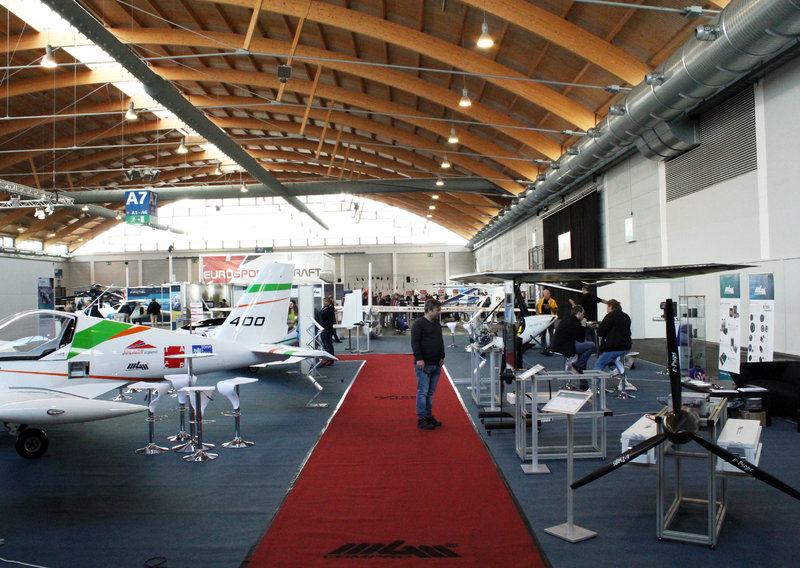Asphalt, Graphene, and a Lithium Coating Mike Williams, reporting for Rice University in Houston, Texas, writes, “A touch of asphalt may be the secret to high-capacity lithium metal batteries that charge 10 to 20 times faster than commercial lithium-ion batteries, according to Rice University scientists.” We’ve written about James Tour and his laboratory before. He and his students come up with a plethora of new energy ideas and are able to demonstrate some exciting outcomes. His latest effort mixes asphalt with conductive graphene nanoribbons, and then electrochemically coats the composite with lithium metal to form a battery anode. The anode, when combined with a sulfurized-carbon cathode, was used in full batteries for testing. The results seem a bit incredible, with the ability to charge 20 times faster than commercial lithium-ion batteries. Being able to “refill” your electric car or airplane in five minutes rather than two hours or more would make electric vehicles practical alternatives to their fossil-fuel-powered cousins. After …
Jeff Engler’s Wright Aero Leaps Into Green Flight
Partnering with easyJet, a UK-based budget airline, to build an electric airliner capable of carrying 150 passengers on sub-two-hour flights, Wright Aero will substitute electrons for liquid fuel on one-fifth of EasyJet’s trips. Finding a ready collaborator in easyJet’s Carolyn McCall, Engler has a partner who is already making inroads into making jet flight cleaner. “’We can envisage a future without jet fuel and we are excited to be part of it. It is now more a matter of when not if a short haul electric plane will fly,’ said EasyJet CEO McCall,” in an interview with The Guardian. Engler added, in his latest Wright Weport: “First, the context is on Wednesday easyJet announced a partnership with us during their Innovation Day…. We could not be more excited! “(Note: if you have a second, would you mind posting the article on facebook/twitter? We’re hoping it reaches as many battery researchers’ eyes as possible! Thank you in advance!) “Second, our main takeaway …
David Ullman: Flying on Multiple Tiny Motors
David Ullman, a professor emeritus at Oregon State University, predicted electric flight’s future in articles in 2009* and 2010**. His predictions have come (mostly) true and David is working to fulfill the rest. His background in mechanical and aeronautical engineering provides credibility for his prognostications, and he’s taking practical steps to take electric aviation to a next, very creative level. While Uber’s Elevate Summit in Dallas earlier this year focused on big-money players in the vertical aviation world, David and co-creator Vincent H. Homer promoted their paper, “The IDEAL for Near-VTOL Aircraft.” IDEAL represents “Integrated Distributed Electric – Augmented Lift” flight, using “thrust from distributed electric propulsion to improve the lift and drag performance of the aircraft during takeoff, cruise and landing.” As their paper explains, VTOL flight requires power equal to 1.25 times the weight of the aircraft to ensure secure takeoffs and landings. An IDEAL aircraft would require thrust equaling about one-third of the STOL craft’s weight to …
Pipistrel Opens World’s First True Airplane Charging Station
On August 30. Pipistrel inaugurated the first electric charging station to fully warrant the name, charging one of their own Alpha Electro trainers. The project was co-financed by the Ministry of Education, Science and Sport and the European Union from the European Social Fund. Led by Pipistrel, the LECAD Laboratory, and the Academy of Fine Arts and Design, mentors and students developed and constructed a fully-functioning station. Technical characteristics of the charging station: – capable of charging two electric aircraft at the same time – current strength: 2 x 20 kW – charge speed: one hour to fully charge Alpha Electro – operating voltage 3f 400V AC – WiFi connection to the network As Pipistrel explains, “The goal of the project was the production and installation of a (public) charging station for electric airplanes, since in the filling of electric aircraft, in practice, the need for stationary charging has been shown.” Mentors and students from LECAD Laboratory, the Academy of …
A123/Solid Power Partnership – A Safe Bet?
A123 Systems has worked with buffering chemistries to reduce the volatility of lithium batteries for the last decade. Solid Power Inc. has taken a set of interesting new technologies to make batteries more energy dense and safer. The two companies are combining efforts to make a more powerful, less-volatile battery, according to recent press releases. A123 produces nanophosphate (lithium iron phosphate – LiFePO4) and ultraphosphate batteries. Their nanophosphate batteries are used in Porsche’s 919 hybrid, a LeMans Prototype (LMP1) endurance racer that was outright winner of the event this year. They also power Eva Hakansson’s Killajoule and Bill Dube’s Killacycle – both record-holding electric motorcycles. Their Ultraphosphate line is designed to work at low voltages and low temperatures, including 48-Volt mild hybrid applications. Solid Power, a startup based on research done at University of Colorado Boulder, combines (“an exceptionally”) high-capacity cathode with a high-capacity lithium metal anode and a high ionic capacity solid separator. This combination produces, according to …
Smart Fabrics Generate Energy Several Ways
We see a great deal about wearable energy-generating fabrics, garments that will help keep the wearer warm, or cool, or visible because of built-in piezo-electric generators in the makeup of the fabric. Several researchers are taking this to the next level, creating new warps and woofs of materials that will create energy from a greater range of energy inputs. Elias Siores and the University of Bolton In 2011, Professor Elias Siores and associates at the University of Bolton in the UK created a flexible fiber that could harvest energy from movement and light. Siores said it was flexible enough to be woven into “a sail, window curtain or tent and generate power”. The material was recognized as a major innovation at the 2011 Energy Innovation Awards in Manchester. In a 2013 paper, the team, led by described devising a “smart fabric.” “A smart material is one that shows extraordinary response when subjected to a stimulus. Piezoelectric materials are considered as …
Recharging Technique Makes Zinc-Air Batteries a Viable Alternative
Lithium-ion and lithium-polymer batteries face several problems: they are not making great leaps forward that we hope for, they occasionally burst into flame, and they weigh too much to be all that practical in a pure-electric airplane. Researchers peer over the alternatives, magnesium, manganese, aluminum, and now, after several false starts in recent years, zinc. University of Sydney scientists claim to have found a three-stage method of charging zinc-air cells that promises greater energy density and longevity. One selling point – the relative abundance and low cost of zinc, such cells are cheaper to produce than lithium equivalents. They theoretically can store up to five times more energy than lithium-ion cells, are less prone to burst into flame, and are even more environmentally friendly. What’s not to like? Until now, they’ve been difficult to recharge. ReVolt tried developing a rechargeable zinc-air battery with an ARPA-E (Advanced Research Projects Agency – Energy) grant, but gave up after two years. Explaining that …
Rechargeable Alkaline Batteries Seem Inherently Safe
Ionic Materials, A Woburn, Massachusetts-based company, claims to have crafted a battery with an alkaline solid-state electrolyte that successfully resists punctures, cuts and other injuries. It doesn’t burst into flames like many lithium-based batteries. In demonstrations, the battery survives 9mm and 25-caliber bullets. A more personal attack takes place with a screwdriver and paper cutter. When a “conventional” lithium battery suffers such assaults, the liquid electrolyte leaks and sometimes causes a short circuit, channeling all the energy into the flammable liquid. Remember recent hoverboard and airline incidents and a spate of smart phone meltdowns to make you more than a little nervous about the cell phone in your pocket or tablet nearby. Such thermal runaways on a small airplane are absolutely unacceptable. Ionic Materials claims to have overcome this issue and promises performance improvements over existing chemistries. ”We have created a solid polymer that conducts ions at room temperature, a world first. This new material produces immediate benefits for battery …
MGM Compro Enjoys Good News in Europe and at Oshkosh
MGM Compro is a Czech company that seems to have a motor on half of every light electric airplane flying today. Their motors have powered Airbus’s electric Cri-Cri (four 15-kilowatt units), the firm’s e-Fan, Ruppert Composite’s Archaeopteryx, e-Volo’s Volocopter, and any number of motorgliders and light sport aircraft buzzing quietly over Europe, and soon, America. Certification in Europe Certification is usually the route to wide acceptance of a new motor, proof that the unit has passed some rigorous tests and is suited for use in aircraft. As Martin Dvorsky, Managing Director for the firm reports: We are really proud to announce that [the] MGM COMPRO complex propulsion unit just obtained [a] CERTIFICATE OF AIRWORTHINESS issued by [the] Slovak Federation of Ultra Light Aircraft. This certificate means that the glider and its system has positively passed all the safety and flight tests and can be legally operated by LSZ license holder (UL license counterpart).” Note the clever motor and propeller folding and retraction …
eSpirit of St. Louis Runs at Oshkosh
One of the biggest thrills this year at Oshkosh was getting to see Eagle Flight Research Center’s DA-36 run its YASA electric motor. Eagle Flight, an outgrowth of Erik Lindbergh’s Powering Imagination program he’s been pursuing for the last several years, aims to create quiet electric aircraft that will carry sight-seers over National Parks and Monuments. Such flights would not disturb people or wildlife below, and would give a Gabriel’s eye view of the most pristine places in our country. International Approval His ideas have met with international support. As noted on the YouTube video of their meeting, “… Flavia Schlegel (Assistant Director-General (ADG) for the Natural Sciences) at UNESCO in Paris… gave an enthusiastic endorsement of our eSpirit of St. Louis electric aircraft development program!” Your editor became aware of the project when he spoke at the Powering Imagination Symposium at Seattle’s Museum of Flight in 2015. Erik told of his work with students at Embry Riddle Aeronautic University …

